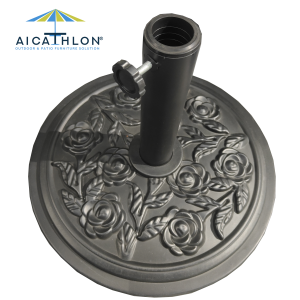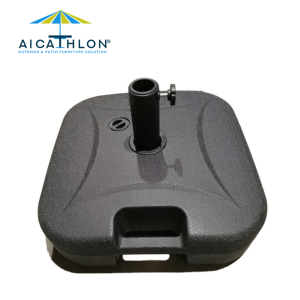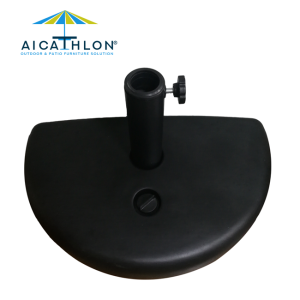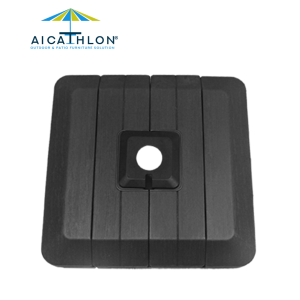More
Selecting the Perfect Patio Umbrella Base Size and Weight: A Comprehensive Guide
Selecting the Perfect Patio Umbrella Base Size and Weight: A Comprehensive Guide
Introduction:
A patio umbrella is a wonderful addition to any outdoor space, providing shade and creating a comfortable environment for relaxation and entertainment. However, to ensure the stability and longevity of your umbrella, choosing the right size and weight for the base is crucial. In this comprehensive guide, we will delve into the factors to consider when selecting a patio umbrella base size and weight, allowing you to make an informed decision and enjoy your outdoor oasis to the fullest.
-
Consider the Umbrella Size:
The size of your patio umbrella plays a significant role in determining the appropriate base size and weight. Larger umbrellas require sturdier bases to withstand wind and maintain stability. Here are some general guidelines to help you match the base size to your umbrella:
- For umbrellas with a diameter of up to 7 feet, a base with a minimum weight of 30 pounds is recommended.
- Umbrellas between 7 and 9 feet in diameter require a base weighing between 40 and 60 pounds.
- For larger umbrellas spanning 9 to 11 feet, a base weighing 70 pounds or more is necessary to provide adequate stability.
-
Assess Wind Conditions:
Wind conditions in your area are another crucial factor to consider when selecting a patio umbrella base. Wind can exert significant force on an umbrella, potentially causing instability and damage. If you live in a windy location, it is essential to choose a base that can withstand these conditions. Here are some recommendations:
- For moderate wind conditions, select a base that is 1.5 times the weight recommended for your umbrella size.
- In areas prone to strong winds, opt for a base that is 2 times the recommended weight or consider using additional anchoring methods for added stability.
-
Stability and Weight Distribution:
The weight of the base is directly linked to its stability. Heavier bases provide greater stability, especially in windy conditions. However, it is essential to distribute the weight evenly to prevent wobbling or tipping. Here are a few tips to ensure proper weight distribution:
- Look for bases with multiple weight compartments or slots that allow you to add sandbags or weights evenly.
- Consider purchasing a base with a built-in handle or wheels to aid in transportation and positioning.
-
Portable Options and Anchoring Systems:
If you plan to move your umbrella frequently or have limited space, portable options or bases with anchoring systems may be suitable for you. Portable bases often feature wheels or handles for easy maneuverability, while anchoring systems provide additional stability by securing the base to the ground or other structures.
-
Special Considerations for Offset Umbrellas:
Offset umbrellas, which have an offset pole design, require specific considerations when selecting a base. The base should be heavy enough to counterbalance the weight of the umbrella and keep it stable. Refer to the manufacturer’s guidelines for the recommended base weight for your offset umbrella model.
Conclusion:
Selecting the right size and weight for your patio umbrella base is crucial for ensuring stability, longevity, and optimal performance. Consider the size of your umbrella, wind conditions in your area, and stability requirements. Remember that heavier bases generally provide greater stability, but weight distribution and special considerations for offset umbrellas are also important. By following these guidelines, you can confidently choose a patio umbrella base that perfectly complements your outdoor space and allows you to enjoy shade and relaxation with peace of mind.











